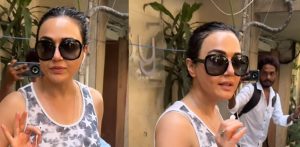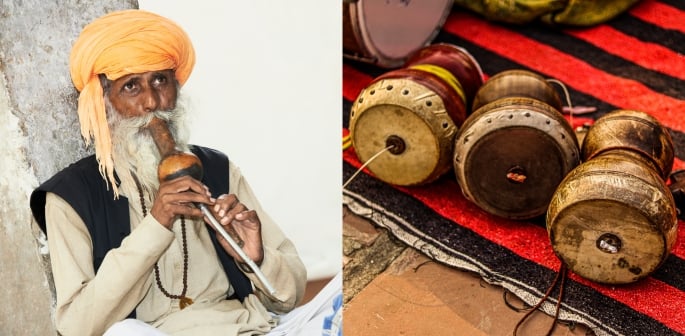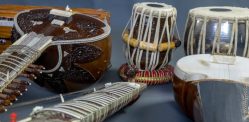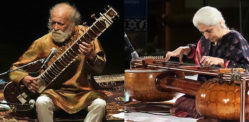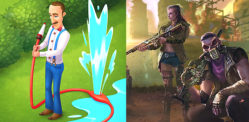The music reflects the liveliness and richness of Pakistani culture.
Instruments ranging from wind to percussion to string—Pakistan has it all!
The land of Pakistan is home to many traditional instruments.
Notably, most of them originate from Sindh.
Some of these instruments have been immersed in Pakistani culture for many years, while others have been newly introduced.
Instruments allow a sense of freedom of expression and can be performed at various events, from weddings to the more obscure social events like Snake Charming.
Here are ten unique, popular instruments played in Pakistan.
Borrindo
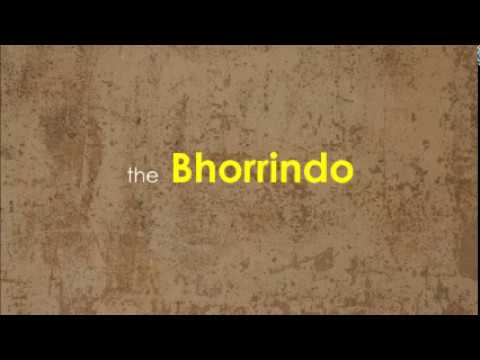
This instrument is a hollow clay ball with three to four holes.
The top hole is the largest, while the other two are of the same size.
The holes are arranged in the shape of an isosceles triangle.
It is crafted from clay sourced from the Indus Valley and is commonly used in Sindh.
Some artisans create borrindos with intricate designs and fire the clay to harden it.
To produce notes, the musician blows across the largest hole and uses fingering patterns on the smaller holes to create different sounds.
Traditionally, it was played by farmers as they took their cattle to graze in the fields.
Yaktaro
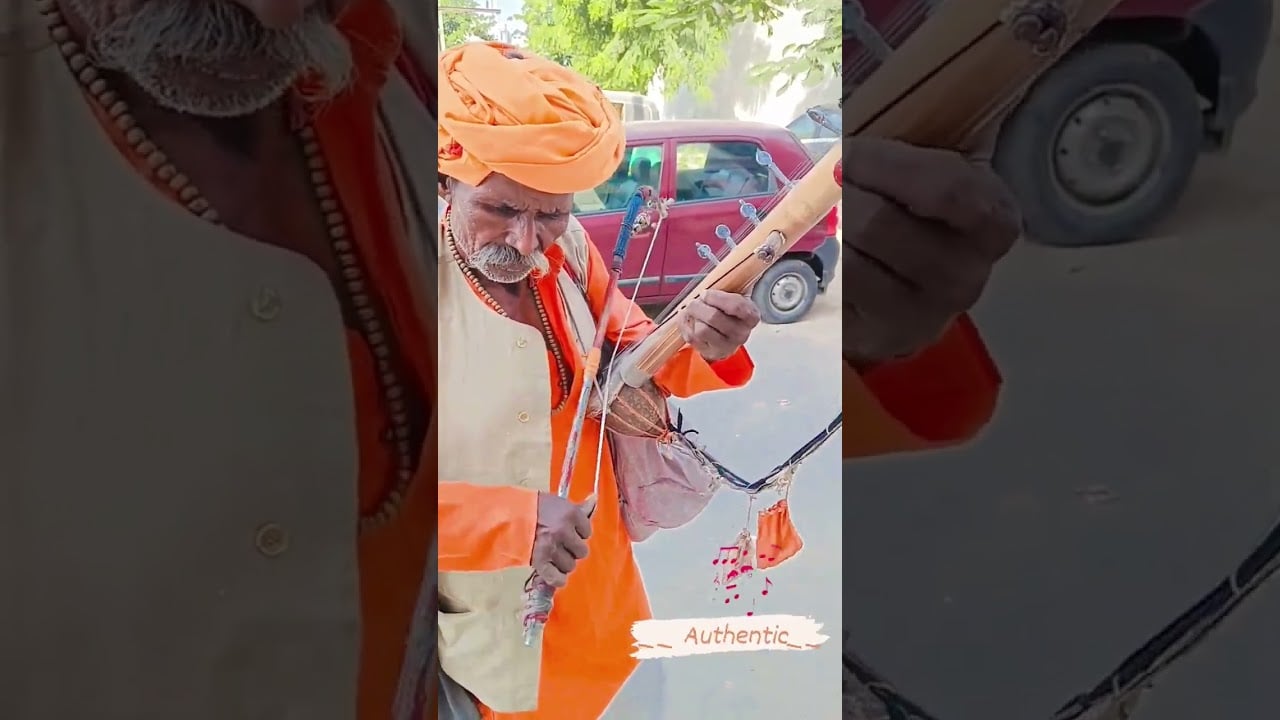
This single-stringed instrument is often fashioned from a dried, cut, and emptied pumpkin.
A piece of skin is fastened over the open part of the gourd, and then a long wooden rod is inserted into the sound chamber to serve as the neck of the instrument.
It features a semi-circular pot, which can be made of clay or metal, and has a string made of steel.
This string is wound around wooden rods and pegs, allowing the pitch to be adjusted.
The instrument’s string is plucked with the index finger, producing its distinctive sound.
The Yaktaro is a traditional instrument from South Asia, utilised in the modern-day music of Bangladesh, India, and Pakistan.
In India and Nepal, it was traditionally played by yogis and wandering holy men alongside their singing and prayers.
In Nepal, the instrument also accompanies the singing of the Ramayana and Mahabharata.
Narr
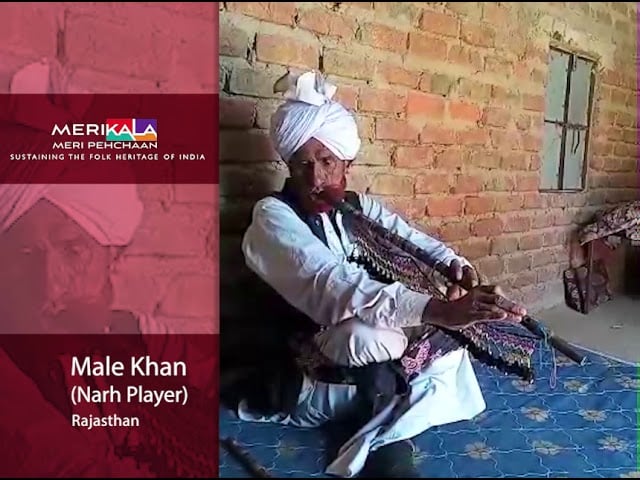
This is a lovely wind instrument from Sindh, Baluchistan, as well as other regions in Pakistan.
It is also popular in Iran and Turkey. The name ‘Narr’ translates from Sindhi to mean ‘reed plant,’ which has stalks that are hollowed out.
It can be made from a variety of reeds, and the instrument features four equidistant holes.
To produce sound, the musician blows horizontally into the top end.
It usually measures 2 to 3.5 feet in length. The reeds used to make this instrument are sourced from the Kech River in the Makran District of Baluchistan.
Naghara
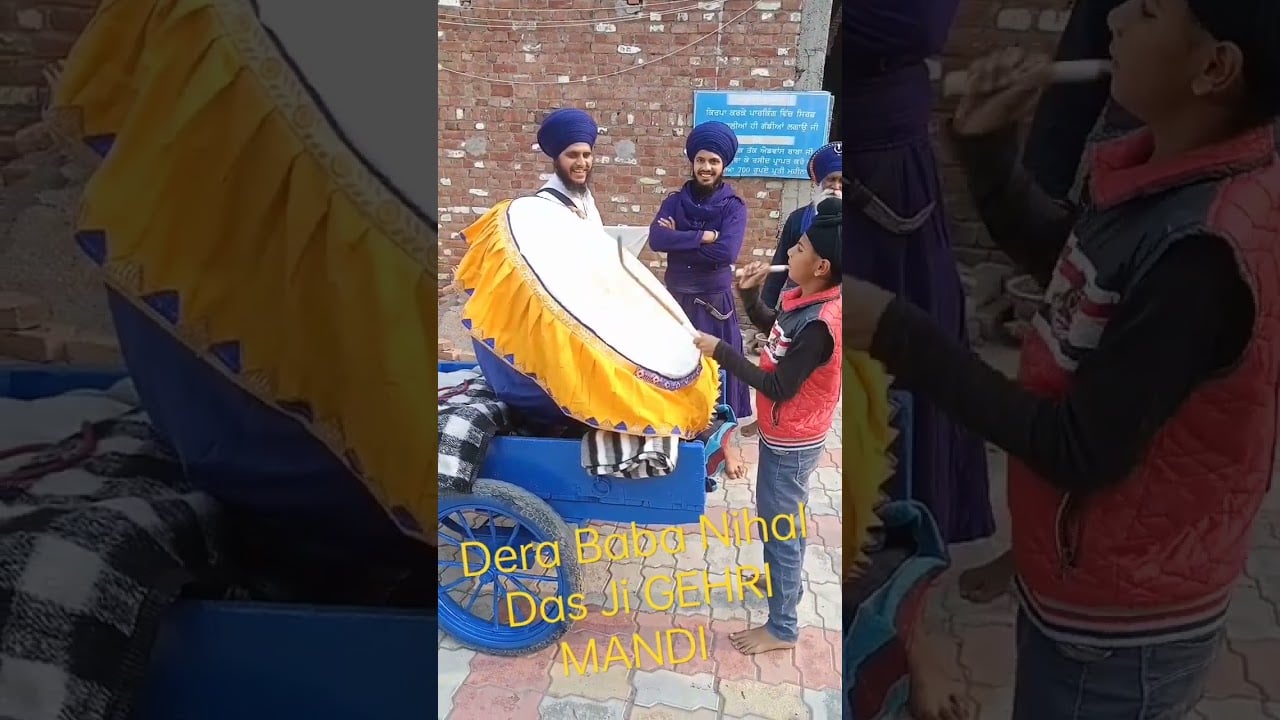
This is the Sindhi version of the Arabic naqqarah.
The round section is made of baked clay, while the flat side is covered with skin, and fastened around the rim with a string.
This string is tightened to vary the pitch across the back of the bowl.
It is often played in pairs: one musician produces the low pitch, known as the nat (the male), and the other produces the high pitch (the female).
The instruments are played with short wooden sticks that bend toward the ends, known as damka.
Dhol
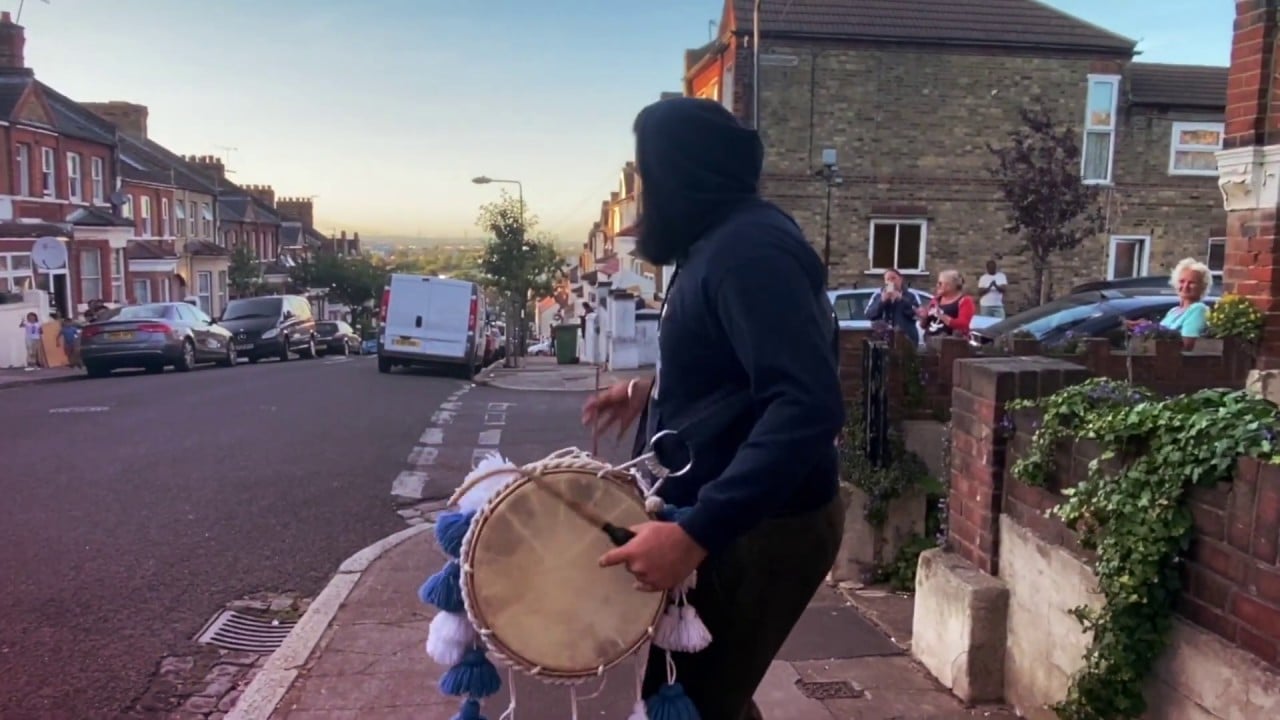
This is a drum whose sound chamber is crafted from a piece of mango tree trunk.
Both ends of the drum are covered with goat skin, which is tightened to produce sound.
The larger side of the drum is referred to as the ‘bum,’ and the smaller side as the ‘tali.’
The wooden stick used to play the drum is called a ‘daunko.’
Traditionally, these drums are large and can be heard from a considerable distance, approximately 6 miles away.
The dhol is especially popular in Sindh and Punjab, though the versions found there are often smaller in comparison.
It is played in bhangra music, as well as at wedding processions and festivals.
Pungi
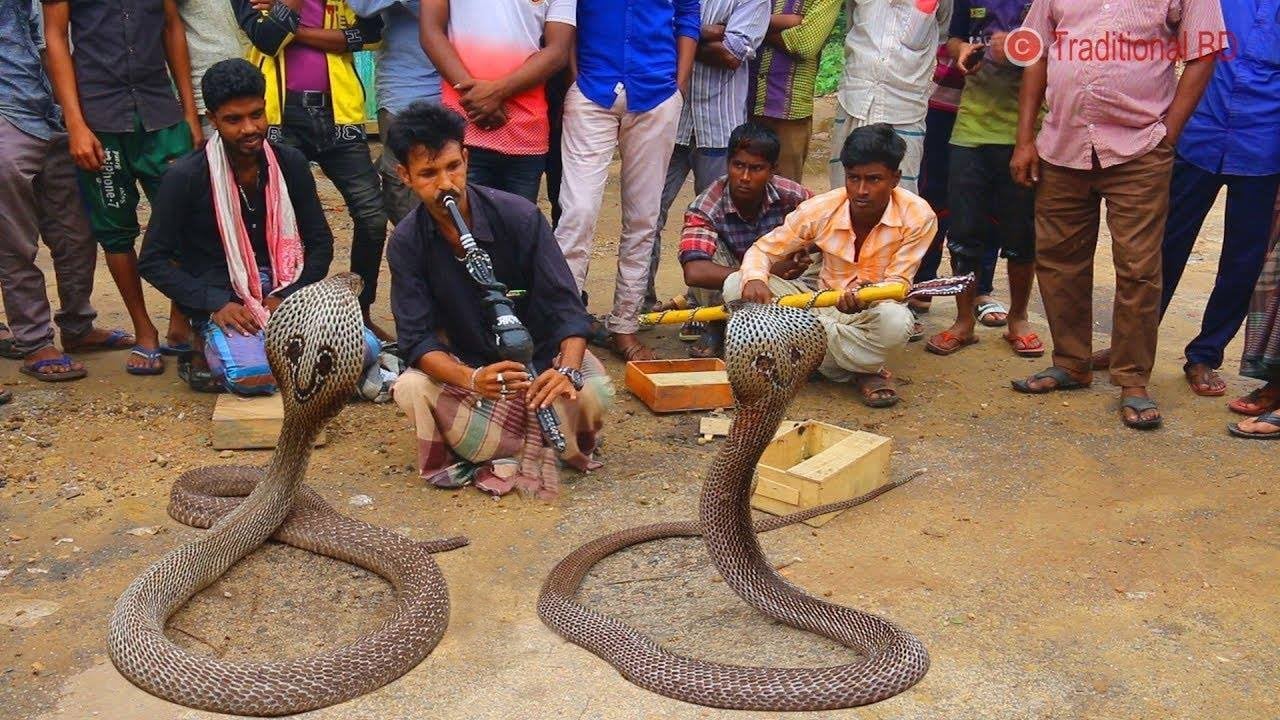
The pungi is a wind instrument with two main parts: the upper part, made of dried skin, features a hole that serves as the primary sound exit.
The lower part consists of two reed pipes joined together in a double-barrel formation, positioned directly beneath the sound exit.
This instrument is designed with eight holes, each producing a different tone of music.
In Sindh, a variation exists that includes an additional hole on the lower back end of the pipe.
The pungi is notably used by snake charmers throughout South Asia.
Pava
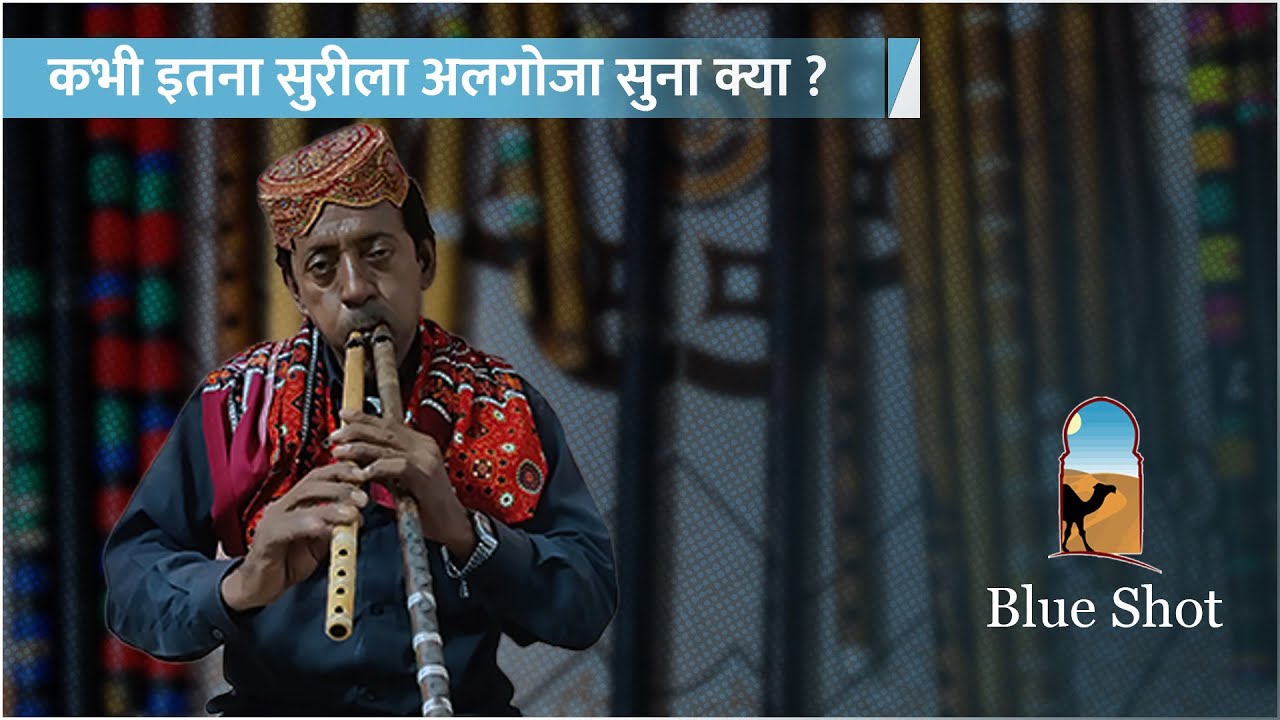
A simple double flute, known as ‘Alghoza,’ is played in Sindh.
Its signature feature is that it comprises a pair of flutes, equal in length. The flutes are crafted from two types of wood: ‘kirar’ for the low notes and ‘taali’ for the higher notes.
A reed, attached to the top of each flute and secured with beeswax as a sticking agent, is dipped into the beeswax and then dried under the sun to keep the flute and reed intact.
Traditionally considered a solo instrument, the Alghoza is sometimes accompanied by other instruments, particularly string instruments.
In ancient times, grazers played it while tending to their animals, using it to herd flocks of sheep or cattle.
Unlike the flute, which is often associated with a melancholy sound, the Alghoza is known for its happier tone.
There is a variation called the ‘Doneli’ played in Baluchistan.
Sarod
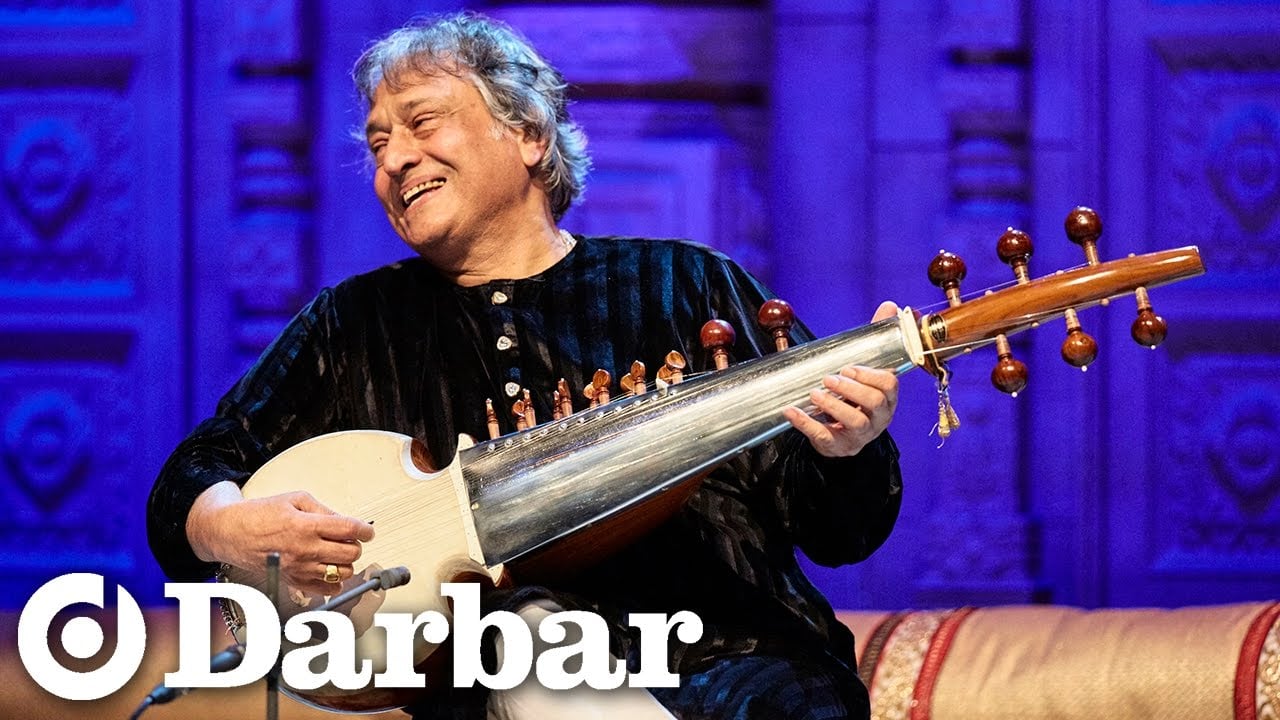
An instrument that originated in Central and South Asia, the sarod has been inspired by the instrument known as the ruhab. It measures about 100cm in length.
This string instrument features a metal fingerboard that allows for the sliding of pitches.
However, it lacks frets to indicate notes and possesses numerous strings.
Typically, it has four to six strings, with some of the strings paired up and tuned in unison or to different octaves.
It is usually played with a pick made from coconut shells.
The sarod is particularly popular in Baluchistan and Azad Kashmir.
It is commonly accompanied by the tabla (drums) and the tambura (drone lute).
Chimta
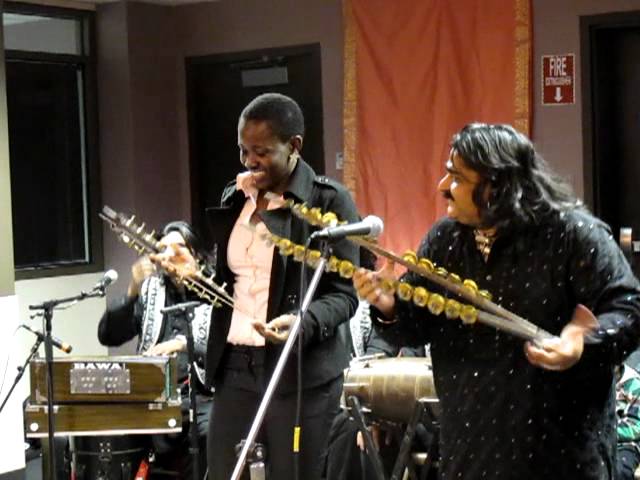
A percussion instrument used in Punjab and bhangra music, it is popular at music festivals and weddings.
Occasionally, it is accompanied by the dhol and bhangra dancers.
Made of two long, flat pieces of iron metal, one end of each piece is open while the other is closed.
Alongside the metal pieces, bells or other loosely attached pieces of metal are present.
The player holds the joint in one hand and bangs the two sides together to produce a chiming sound.
It is said that, when invented in the 1900s during the First World War, it raised the spirits of Sikh and Hindu soldiers.
Surando
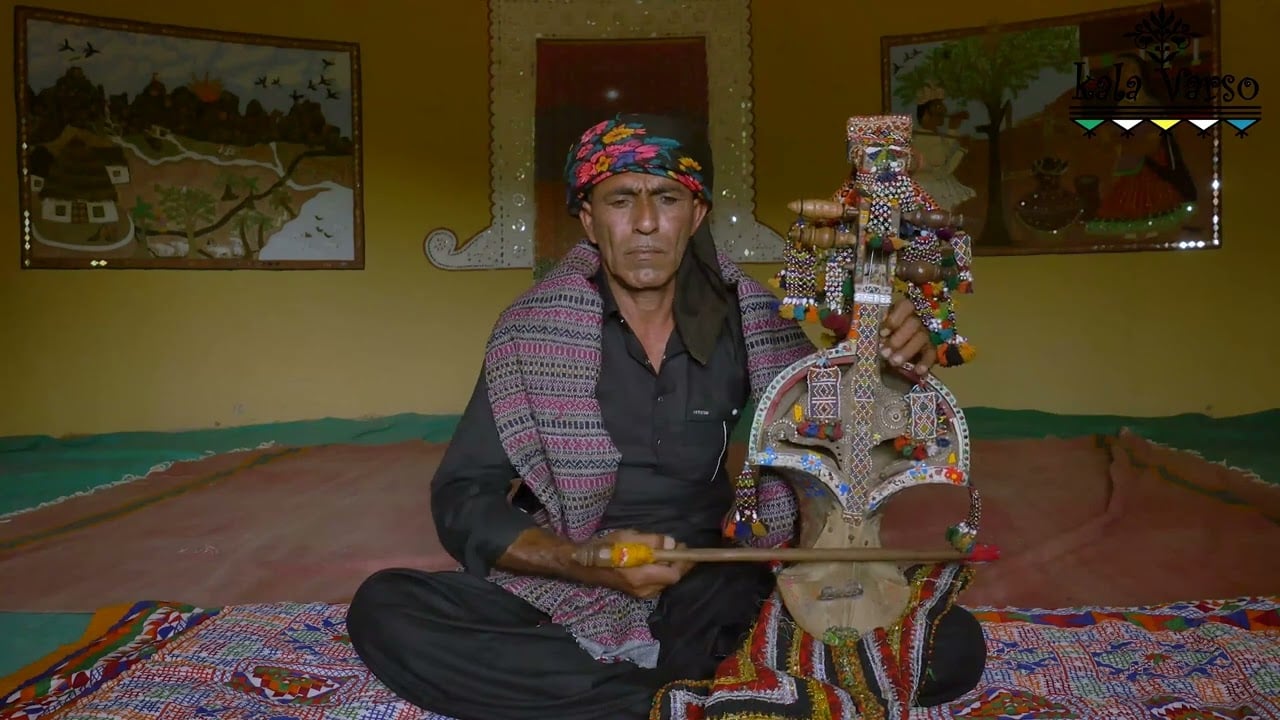
It is based on the word ‘surayindah,’ which is Persian for ‘one who produces tunes.’
Common in Sindh and Balochistan, as well as other regions in Pakistan, this string instrument goes by many names: in the frontier region, it is called ‘Saro,’ while in other areas, it is known as ‘Saroz.’
The instrument is crafted from different types of wood and uses a bow to produce the sound of the notes.
The strings are made from horse hairs, mixed with the intestines of goats or sheep.
The number of strings varies; some have five to seven strings, while others have eleven to thirteen strings.
Similar to the violin, musicians playing the surando typically sit down and hold the instrument in their laps.
In Pakistan, there is a variety of instruments in different sizes, played differently and performed at several events.
These beautiful instruments can be used to raise morale, charm snakes, be an upbeat feature at wedding processions, and more!
The music reflects the liveliness and richness of Pakistani culture.













